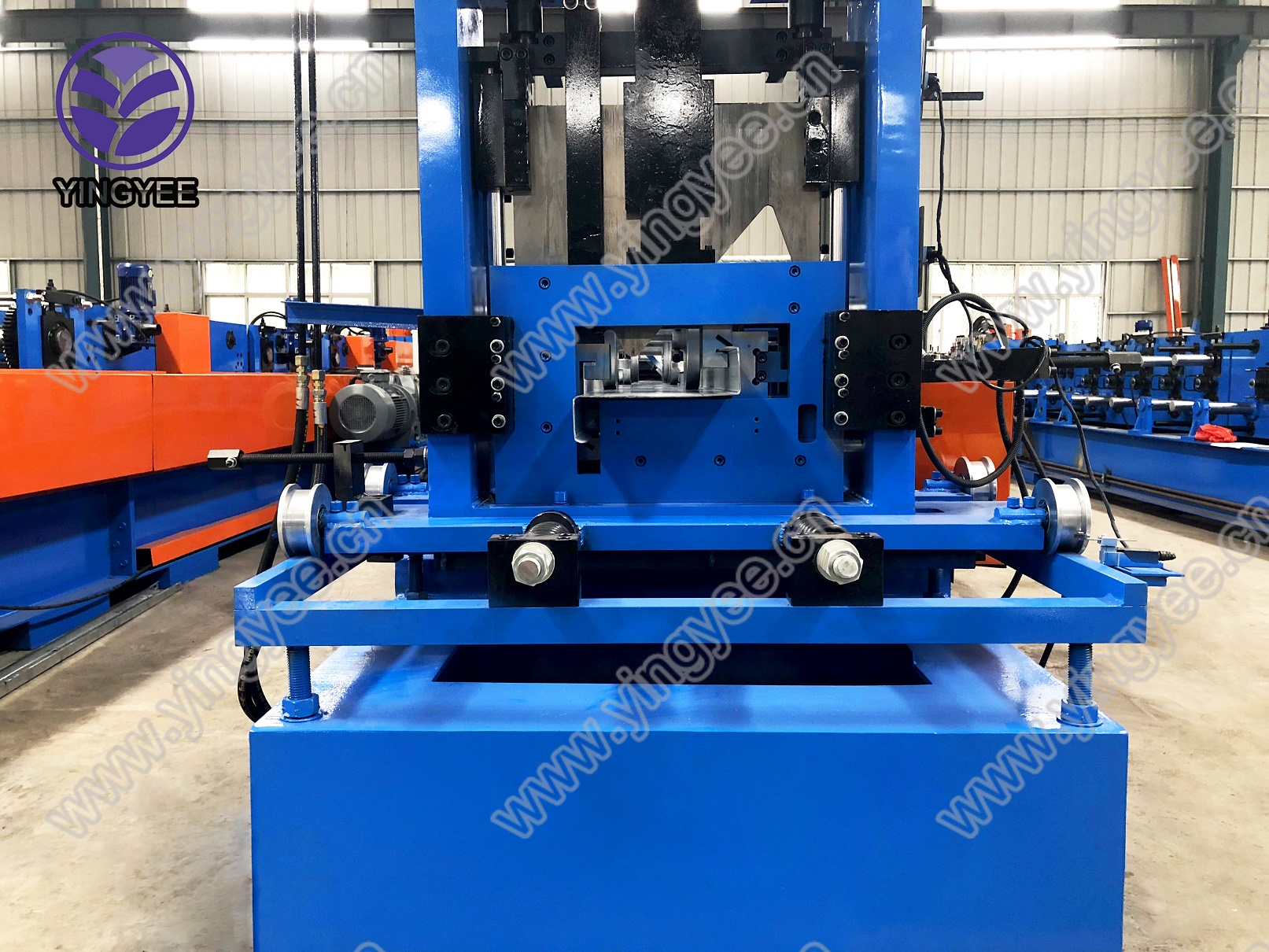
Metal Stud Roll Forming Machine Achieving Consistent Length and No Twist
In the construction industry, the demand for efficient and reliable materials has never been higher. One of the key components in modern building practices is metal studs, which are widely used for framing in both residential and commercial projects. The production of these metal studs has seen significant advancements, particularly with the advent of metal stud roll forming machines. These machines not only streamline the manufacturing process but also ensure that the final products meet specific quality standards, particularly in terms of length consistency and geometry.
A metal stud roll forming machine is designed to transform flat metal sheets into precisely shaped profiles. The process begins with feeding a continuous strip of metal, typically steel, into the machine, where it undergoes a series of shaping operations through a series of rollers. This process allows for the efficient production of metal studs in various sizes and shapes, tailored to meet the unique requirements of different construction projects.
One of the primary advantages of modern roll forming technology is its ability to produce metal studs with consistent lengths. Traditional methods of manufacturing often led to variations in dimensions due to manual handling and inconsistent cutting techniques. However, with automated roll forming machines, manufacturers can achieve a high level of precision. Advanced controls and sensors are integrated into these machines, allowing for real-time monitoring and adjustments during the forming process. This capability ensures that every metal stud produced maintains uniformity in length, which is crucial for assembly and structural integrity in construction.

Moreover, the design of these machines eliminates the occurrence of twist in the finished products. Twisted studs can result in serious complications during installation, leading to misalignment and structural issues. Metal stud roll forming machines utilize advanced engineering techniques to ensure that each stud is formed in a straight and consistent manner. The rollers are meticulously aligned, and the manufacturing process is controlled to prevent any deformation that could lead to twisting. By addressing this critical quality issue, manufacturers can guarantee that the studs will meet the stringent demands of construction professionals.
In addition to ensuring consistency and preventing twists, metal stud roll forming machines also contribute to reducing manufacturing waste. Since the process is highly efficient, it minimizes scrap material, making it a more environmentally friendly option compared to traditional methods. This not only benefits the planet but also reduces costs for manufacturers, allowing them to pass savings onto their customers.
Furthermore, as construction technologies evolve, so too do the requirements for metal studs. Roll forming machines can be easily adjusted to produce various profiles, accommodating changes in design or engineering specifications without the need for extensive reconfiguration. This flexibility enhances the productivity of manufacturing operations and allows for quick responses to market demands.
In conclusion, the use of metal stud roll forming machines marks a significant advancement in the construction industry. With the ability to produce metal studs that are consistent in length and free from twists, these machines are transforming the way builders approach framing. The benefits of precision manufacturing, reduced waste, and flexibility make them an essential tool for modern construction practices. As the industry continues to evolve, the role of these machines will undoubtedly become even more critical in enhancing the quality and efficiency of building materials.